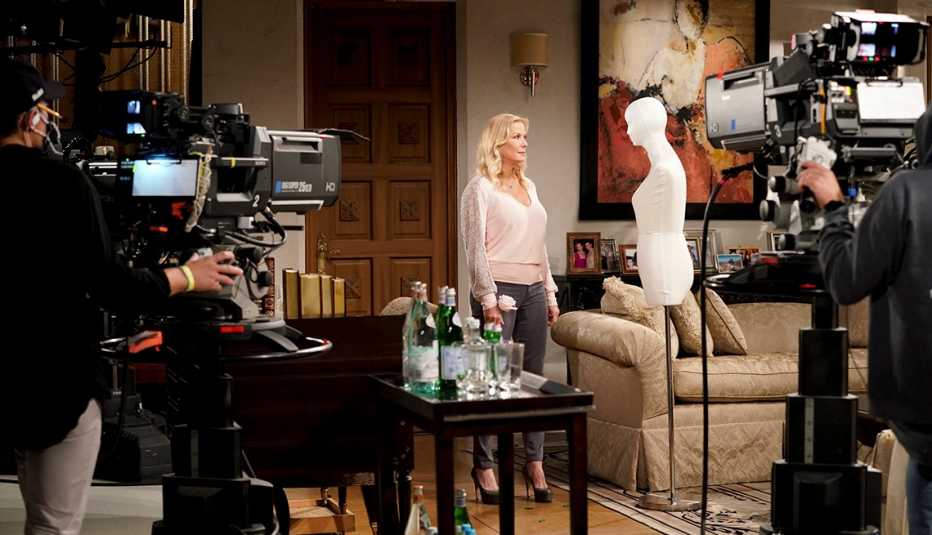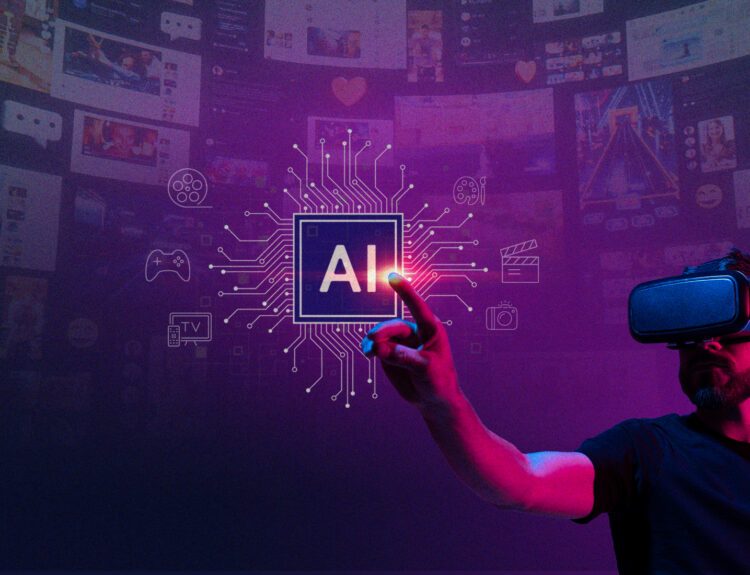Television is a powerful storytelling medium that entertains, educates, and inspires. But while audiences see the polished final product on screen, each episode is the result of a complex, collaborative process that spans months or even years. From the first idea to the final broadcast, here’s a behind-the-scenes look at how your favorite TV shows are made.
Concept Development: Where the Story Begins
Every TV show starts with an idea. Writers or creators pitch a concept, which may take the form of a logline, a pilot script, or a full treatment. This stage involves extensive planning, including character arcs, tone, and target audience. Once a network or streaming service shows interest, a pilot episode is often greenlit to evaluate the show’s potential.
Writing the Script: Crafting the Blueprint
Once the concept is approved, writers work in a collaborative environment known as a “writers’ room.” Here, a team of writers outlines episodes, develops dialogue, and ensures consistency across the season. The showrunner—who oversees the creative vision—plays a central role in maintaining narrative cohesion and managing the writing team.
Casting the Characters: Finding the Perfect Fit
Casting is crucial to the show’s success. Casting directors audition hundreds of actors to find the right fit for each role. Chemistry reads (where actors perform scenes together) help determine how well the cast will work on screen. Well-chosen actors can bring characters to life and elevate the show’s appeal.
Pre-Production: Planning Every Detail
Before filming begins, pre-production ensures everything is in place. This phase includes location scouting, set design, costume planning, and securing permits. Directors and producers work closely with departments like art, props, and wardrobe to establish the visual style and logistics of the shoot. Budgets are finalized, and schedules are locked in.
Production: Lights, Camera, Action
The production phase is where the actual filming happens. Depending on the show’s format, this may occur on a soundstage or on location. Directors guide the actors and crew through each scene, while cinematographers handle lighting and camera work. Most episodes are shot out of sequence, requiring careful attention to continuity and detail.
Post-Production: Assembling the Final Cut
After filming, the raw footage enters post-production. Editors piece together the scenes, sound engineers add effects and music, and visual effects teams enhance the imagery as needed. Color correction, sound mixing, and ADR (automated dialogue replacement) refine the episode for broadcast. This phase can take weeks to complete each episode.
Marketing and Promotion: Building Buzz
With the episode finalized, the marketing team steps in. Trailers, teasers, posters, and interviews are released to generate anticipation. Cast members may appear on talk shows or participate in press tours. Social media campaigns help engage fans and build hype before the show airs or streams.
Broadcasting and Streaming: Reaching the Audience
The completed show is released via traditional broadcasting or on streaming platforms. Viewer feedback, ratings, and social media engagement play a role in determining future episodes or seasons. Successful shows often lead to merchandise, spin-offs, and even international adaptations.
The Role of Technology and Innovation
Modern technology has revolutionized how TV shows are made. High-definition cameras, green screens, CGI, and real-time rendering tools like Unreal Engine have raised production quality. Virtual sets and AI-powered editing tools are also becoming more common, making production faster and more cost-effective.
Conclusion: A Collaborative Art Form
Creating a TV show is a massive collaborative effort involving writers, actors, directors, technicians, editors, and marketers. Each step, from initial concept to final release, contributes to the storytelling magic that captivates viewers. Understanding this process deepens our appreciation for the art and effort behind our favorite television experiences.








